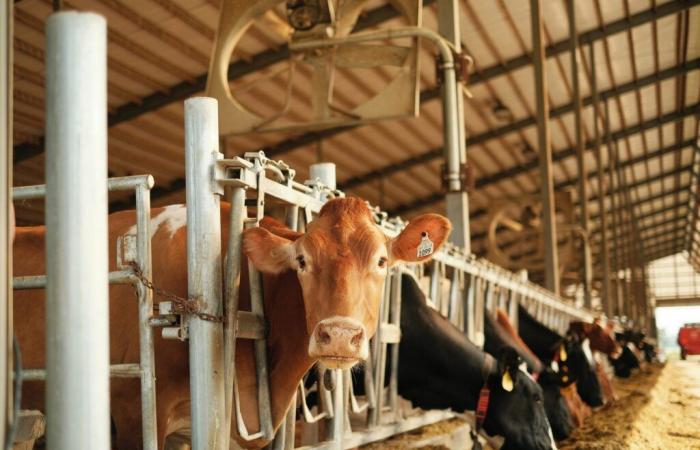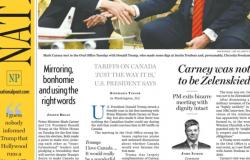If she could speak, avian flu would probably say that she is very happy with cuts in scientific research in the United States.
Since she appeared in poultry farms in the United States, 168 million of these animals had to be euthanized as a precaution. And since it was for the first time reported in cows at the beginning of 2024, avian flu has been detected in a thousand of them distributed in 17 states.
In parallel, several dozen cases have been reported in humans, almost all agricultural workers: this means that the virus can be transmitted to a human but that, for the moment, it has not acquired the mutations necessary to transmit human to human.
Between ideal and reality
In an ideal world, to control the propagation of the virus, it would take continuous monitoring of milk from farms – since if the cow is infected, you can detect the virus in its milk – as well as people who have worked with infected animals. last week, a new study published by an international group of virus experts insisted on these two axes, to control avian flu in the United States and elsewhere around the world.
But already last year, it was a problem: in the United States, the federal authorities and those of states do not have the power to force farmers to have generalized screening tests-and several farmers are reluctant to authorize veterinarians to do these tests.
-It was already a problem in 2024, but under the new administration, notes this week the New York Timesthe new directives of the Ministry of Agriculture make much of the urgency to lower the price of the eggs, but speak very little of the farms.
And this is not the only obstacle. The chaotic beginnings of the new administration were marked by prohibitions, for federal employees, to communicate with the public, by canceled scientific meetings, including on avian flu, by retention of information, such as the first report on cases of avian flu with domestic cats, whose publication in February had been blocked for a few weeks.
Among the obstacles, there are also storage of posts. THE Times Add that in the first wave of launching, there were veterinarians from the Ministry of Agriculture specializing in the screening of avian flu, to the point where they had to be rehired. “Even now, many are working with government credit cards that have a limit of $ 1, making it difficult to move or buy the necessary equipment. »»
More recently, other postage cuts, within the agency responsible for monitoring food (FDA) made veterinarians and scientists who were investigating the possibility of food for domestic animals be left by avian influenza.
“It is as if we observed the instructions manual of the way a virus spreads between animals, mixes with different types of animals and then becomes able to be transmitted to humans,” commented on May 1 the expert in Linsey Marr virus, from Virginia Tech University.








